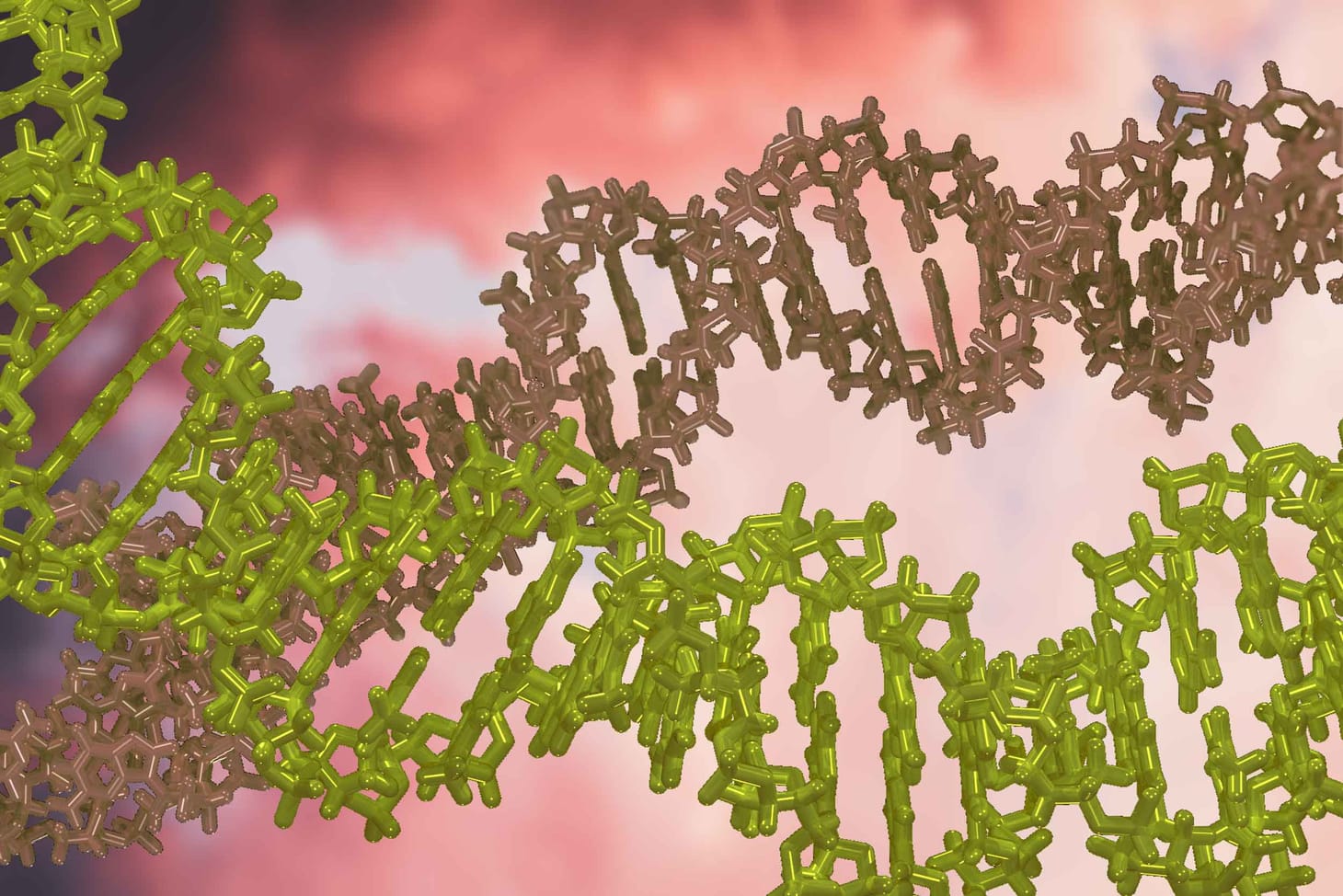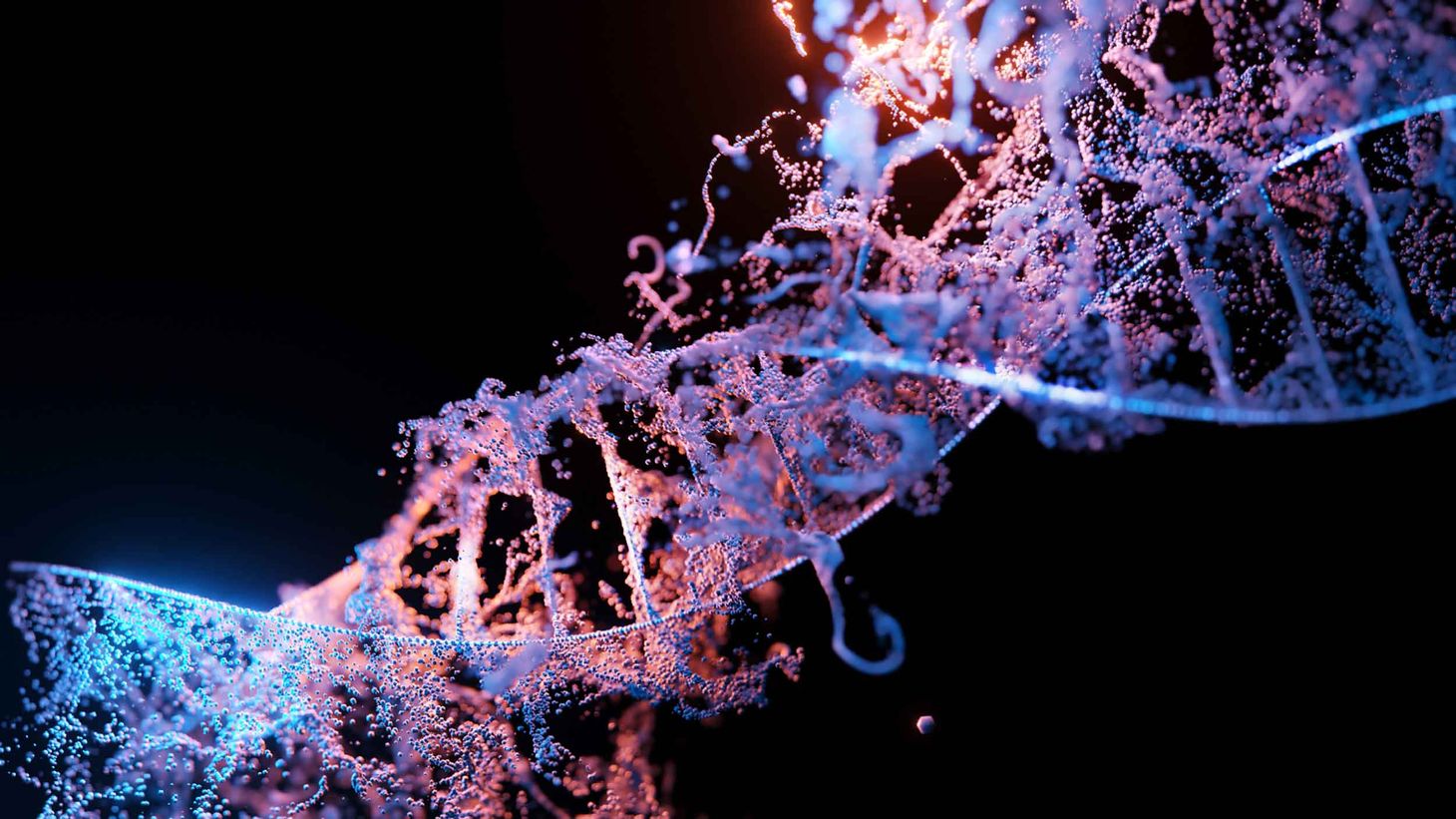Goat immunity modified by introgression during and after domestication
A new paper in Science Advances describes some of the evidence for selection on introgressed genes in goats.

Goat domestication may provide another example in which introgression brought new genetic variations conferring advantages for immunity into a population. A new paper in Science Advances by Zhuqing Zheng and collaborators looks at modern domesticated goats and wild relatives from several species, and also a handful of ancient goat genomes: “The origin of domestication genes in goats”.
Here’s the abstract:
Goat domestication was critical for agriculture and civilization, but its underlying genetic changes and selection regimes remain unclear. Here, we analyze the genomes of worldwide domestic goats, wild caprid species, and historical remains, providing evidence of an ancient introgression event from a West Caucasian tur-like species to the ancestor of domestic goats. One introgressed locus with a strong signature of selection harbors the MUC6 gene, which encodes a gastrointestinally secreted mucin. Experiments revealed that the nearly fixed introgressed haplotype confers enhanced immune resistance to gastrointestinal pathogens. Another locus with a strong signal of selection may be related to behavior. The selected alleles at these two loci emerged in domestic goats at least 7200 and 8100 years ago, respectively, and increased to high frequencies concurrent with the expansion of the ubiquitous modern mitochondrial haplogroup A. Tracking these archaeologically cryptic evolutionary transformations provides new insights into the mechanisms of animal domestication.
The abstract understates the evidence for introgression on genes related to immunity. The mucin gene mentioned in the abstract stands out because the current frequency of the introgressed allele is near fixation, indicating strong selection since its introduction into domesticated goats. But many other genes influencing immunity have also come into domesticated goats by introgression.
A passage later in the paper presents some of the complexity that Zheng and coworkers found:
D statistics reveal that all four ibex-like species have significant signals of allele sharing with ancient and modern goats, indicative of admixture (Fig. 2C and table S8). We then examined this genome-wide pattern of admixture between ibex-like species and domestic goats using D statistics and identity by state in 20-kb sliding windows. We further verified candidate introgressed regions using Sprime and maximum likelihood (ML) phylogenetic trees. Using a conservative criterion (namely, only keeping putative introgressed haplotypes with a frequency higher than 0.1 in goats), we identified 112 genomic segments overlapping with 81 protein-coding genes with signatures of introgression from ibex-like species (Fig. 2D, fig. S16, and data file S1). A Kyoto Encyclopedia of Genes and Genomes (KEGG) pathway enrichment analysis for these genes shows that the most significantly enriched category is amoebiasis (hypergeometric test, adjusted P < 5.28 × 10−3: table S10), which is related to parasite invasion and immunosuppression, including four genes (SERPINB3, SERPINB4, CD1B, and COL4A4). Three additional genes (BPI, MAN2A1, and CD2AP) are also involved in immune function (19–21). In these segments, we observed a pronounced signature of putatively introgressed alleles from the West Caucasian tur (fig. S17), consistent with this species showing the greatest genome-wide allele sharing with domestic goats (Fig. 2C).
It’s not obvious to me how the authors ruled out the hypothesis of reverse introgression from domesticated goats into some of the wild relatives as a cause for some similarities that they found. Certainly domesticated goats have been more numerous in recent times than the wild species. The authors did show some evidence for introgression among the wild species prior to domestication. I suspect there is more of a story to be found there.
The evidence from ancient genomes here is very slight. It did, however, show the presence of the introgressed alleles in the domesticated goat material from before 7000 years ago. The complexity of the domestication process seems to have been quite impressive in this case, drawing in adaptive variation from multiple species of wild caprids.
When I wrote about introgression in my 2006 paper, I spent a lot of time investigating the phenomenon in cattle, including the four wild species of cattle and the progressive spread of zebu genes into taurine cattle that followed domestication. I knew very little about goats. Goats seem like an even more complicated scenario in some ways.
John Hawks Newsletter
Join the newsletter to receive the latest updates in your inbox.



